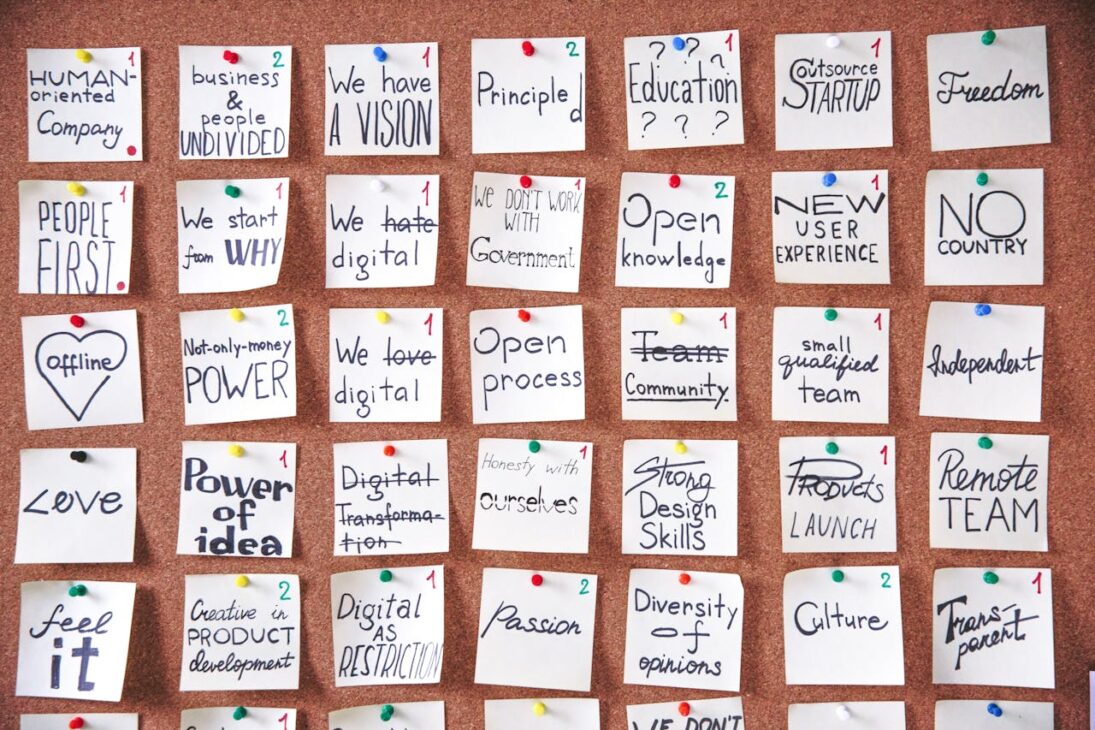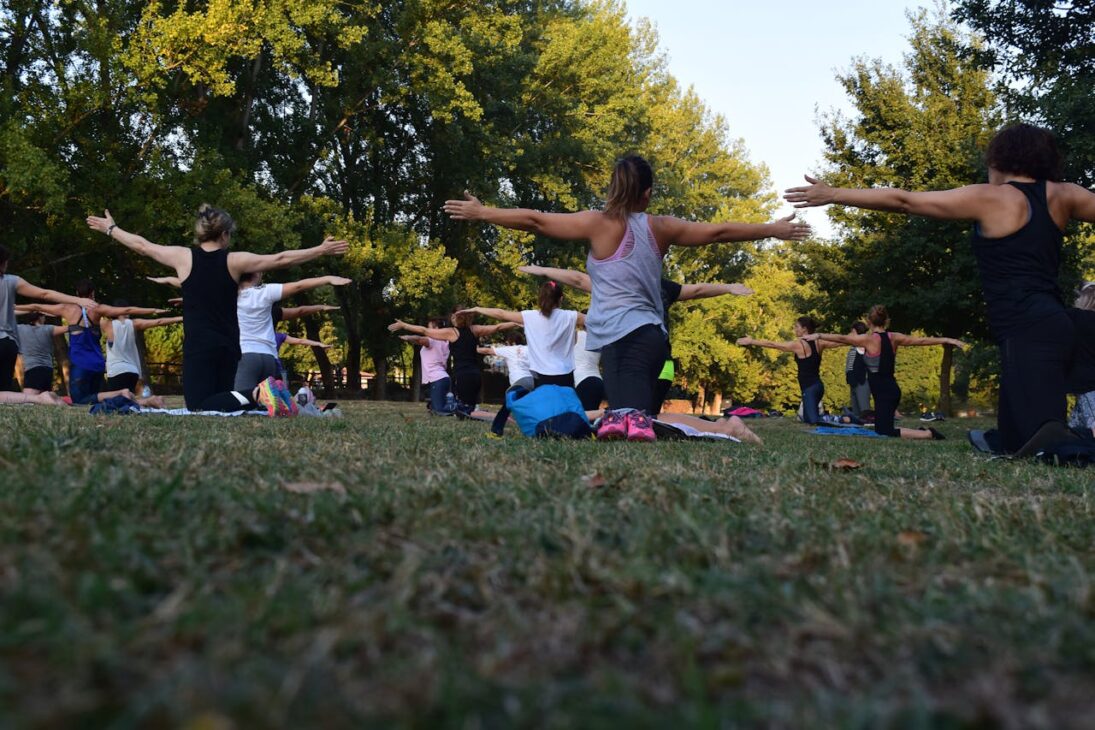Create Your Perfect Remote Work Routine: The Ultimate Guide

Without an effective work-from-home routine, you risk developing unproductive habits that impact both your professional and personal life.
When I first started running my business from home, I reveled in all the freedom I had. Compared to my standard 9-5, I had so much time! The problem? I didn’t know how to use it effectively and ultimately, I used it pretty poorly.
This left me feeling scattered, stressed, and like I never had enough hours in the day. I neglected my social life, my fitness, and my mental health all because I wasn’t using my time effectively.
The solution? I created an effective remote work routine tailored to my job and my needs by asking some important questions and reflecting on what I wanted my life to look like.
The cool thing is, you can too.
How to structure your work-from-home routine
Before we get too deep into this, I want to emphasize that with this guide, you’ll be creating YOUR wfh routine, not simply copying mine or anyone else’s.
I’m a big believer that other people’s routines can be inspiring (so by all means, check them out!), but when it really boils down to it, you need one customized for you.
There’s no one-size-fits-all routine for remote workers. We all have different jobs, responsibilities, and goals. So, before you create your work-from-home routine, you need to nail down some key things.
The process essentially looks like this:
- Assess your routine needs
- Define your goals and priorities
- Establish the backbone of your routine
- Incorporate self-care and wellness
- Test and adjust
1. Assess your needs
Start by reflecting on your current habits, responsibilities, and productivity patterns. Some great questions to ask yourself during this planning phase include:
What time of day do I feel most productive?
We all have different productivity patterns. Personally, I do my best work before 1pm and after 7pm. I’m a slug in the afternoon, but maybe that’s when you can focus the most.
Identifying this time for you will help you see when to plan your deep work.
What are my non-negotiables?
We all have daily or weekly responsibilities that are non-negotiable. Sometimes, those responsibilities include others like a partner, kids, or pets, and other times, they are just ours.
Take some time to write down what these are and when they need to be done. Kids got to get to school? Dog needs its medicine at set times? Have a client call every Tuesday at 3pm?
When you have these sorted out, it’s easier to see where you have space in the rest of your schedule for your other goals and needs.
Do you like flexibility in your schedule, or do you prefer something rigid to follow?
You may see a rigid schedule as confining and instantly find yourself pushing against it. Or, you might be one of those people who thrive with your time scheduled into neat little blocks.
I’m a little bit of both. For my schedule, I give myself daily “to-dos” for my mornings, afternoons, and evenings, but I don’t schedule these at specific times. I do have weekly non-negotiables that I schedule, but my days are pretty loose.
To help you get an idea of what things good look like for you at this stage of the planning process, here’s what mine looks like:
Productive time of day:
8am -1pm7pm – 9pm – I’m very productive here, but I keep my evenings free for relaxation, personal writing, and social time.
Non-negotiables:
Meditation
Business marketing/maintenance (LinkedIn, email, etc.)
Breakfast, lunch, dinner
Weight training (2x per week)
Yoga (1x per week)
Client work (deep work)
Working on this blog! 🙂
Flexible or rigid?
Blended – non-negotiables scheduled but in general blocks of the day
Here’s an example of what a typical Monday looks like for me:
Morning:
Wake up
Water
Mediation
Emails
Breakfast
Deep work
Afternoon:
Deep work
Gym
Lunch
LinkedIn/Emails
Evening:
Dinner
Blog work
Meeting a friend or hanging with my partner
Read
Sleep
These things shift around, especially in the mornings and afternoons. I don’t feel like meditating some mornings, so I journal instead. Or I don’t do either, and I just jump into work. On those days, I typically meditate when I’m finished with my cooldown at the gym.
Your answers to these first three questions likely look a lot different from mine. That’s good! We’re different people with different needs. Now, on to the next step.
2. Set Clear Goals to Support Your Work-From-Home Routine

Now that you’ve assessed your needs and non-negotiables, it’s time to look at your overall goals. You’ve got your must-dos — what about your want-to-dos?
Here are some points of reflection to help you:
- What are your long-term career or personal goals?
- What tasks or projects do you want to do but feel you never have time for?
- Are there any distractions or habits that are sucking up your time? (Be honest 😉)
Got some answers floating around your head? Great, now:
Get specific. Take one or two of those long-term goals and break them down into small steps. Want to reach 10k followers on LinkedIn? A small step could be posting thrice a week and/or commenting on other accounts for 15 minutes every day.
If you want to get a little extra in this step, use the SMART method to make sure each goal is Specific, Measurable, Achievable, Relevant, and Time-bound.
Prioritize. Which of these goals and steps are the most important? “Important” can mean a lot of things. So, ask yourself: Are there some you feel guilty about putting off? Some that you can directly see positive outcomes from? These might be important things you’ve not been making time for and should have priority.
Allocate time. How long will it take you to pick away at these goals? Some might only need 15 minutes a day, some might need 1 hour per week. Sort it all out and make a list with the estimated time each will take.
By now, you have two lists. The first from Step 1 has your non-negotiables with their times. The second from Step 2 has activities and tasks to help you reach your goals with the estimated time it will take to complete them.
Now, you’re ready for Step 3. (Hint: we’re gonna put it all together!)
3. Establish the backbone of your routine
You’ve got your core equation (the non-negotiables); now you need to incorporate the variables (your prioritized goals).
Your non-negotiables likely already have set times. But, if you’re like me, some of your non-negotiables might not have specific times they need to be done, just general deadlines. If this is the case, you need to assign them times. And be consistent if you can.
Because most of my non-negotiables require a lot of brain space, I schedule them when I focus the best (morning and early afternoon). Once you have your non-negotiables scheduled, look for open timeslots. This is where you are going to incorporate your goals.
Now, if you’re someone who doesn’t want a super structured day, you might be cringing right now. But don’t worry — you don’t have to assign strict times to your goals. However, you should try to be consistent with the times of day or days you work toward these goals.
For example, I have a goal of going to the gym three times a week. I don’t like to schedule the exact time because I like to base my workouts around when I start to lose mental energy (and the rain cause I live in the Netherlands and cycle everywhere — iykyk).
So, I choose Mondays, Wednesdays, and Fridays for my gym days. I also tell myself I have to go to the gym before 4pm. I know that if I don’t, I won’t go. While these aren’t super strict timeslots for my workouts, I do have guidelines that I have to follow. This gives me flexibility but still ensures I’m making time to meet my goals.
At this point, you should have a rough Monday-Friday outline with both your non-negotiables and your goals penciled in at their designated timeslots.
Now we’re getting to my favorite part: self-care and wellness.
4. Incorporate Self-Care and Wellness

Self-care and wellness may have been on your lists of non-negotiables or goals. If so, great! If not, now is the time to figure that out.
Why? We need to carve out time for wellness in our daily and weekly work routines.
When you work from home, it can be really tough to turn off your work brain and actually disconnect from your job and rest. But it’s so important that you do it so you don’t end up existing in this blurry space between work and the rest of your life.
The nice thing about incorporating wellness into your work routines is that it doesn’t need to take much time. Here are some examples of short wellness practices you can start incorporating into your daily and weekly routines:
Mini meditations
Stretching
15-minute around-the-block walks
Journaling
Eating a snack
Calling a fellow work-from-home friend or family member
Watching a short YouTube video from an inspiring creator
Some of these things may have a place during your work day (like eating a snack) and others might fit best at the beginning or end of your day.
Take a look at your almost finished schedule. Where can you fit these short wellness practices? You may have a lot of small spaces with empty time; you may have none. If you don’t see any places, don’t fret.
Try piggy-backing one of these onto another item in your schedule. Driving the kids to school? One part of that drive will likely leave you with an empty (and quiet) vehicle. Use that time to listen to a short meditation session. When you hop up to grab another cup of coffee, take 5 minutes to do some stretches while you’re waiting for the machine.
You get the idea.
There are many ways to incorporate wellness and self-care into your daily routines, whether you have 50 minutes or only 5. And in my experience, focusing on remote work wellness only makes your overall work experience more enjoyable and productive.
5. Test and adjust your work-from-home routine
By now, you have a weekly schedule with three important features:
- Non-negotiable must-do responsibilities and practices
- Goals you plan to work toward
- Wellness and self-care
It’s time to put your personalized remote work routine to the test.
During this test period, be gracious with yourself. It’s unlikely that you got things right the first time, so if you encounter a couple of hiccups, take note and reflect on them at the end of the week.
After that reflection, revise your schedule to accommodate them and try again. Keep in mind that your personalized remote work routine is supposed to help you use your time efficiently and in ways that make you feel satisfied and fulfilled.
Don’t hesitate to adjust if something is where it shouldn’t be or if you notice something is missing. Over time, if your needs and non-negotiables change, just come back to this process and create your personalized schedule 2.0.
Hey, we’re ever-changing people, so we’re bound to have ever-changing needs and commitments.
Build A Remote Work Routine That Works for You
Building an effective remote work routine starts with understanding your needs, setting priorities, and balancing productivity with wellness. Take some time to work through these tips and don’t be afraid to adjust or even start from scratch if your routine isn’t working.
And if you want more productivity tips for your remote work life, sign up for our newsletter, Making it Brighter.








